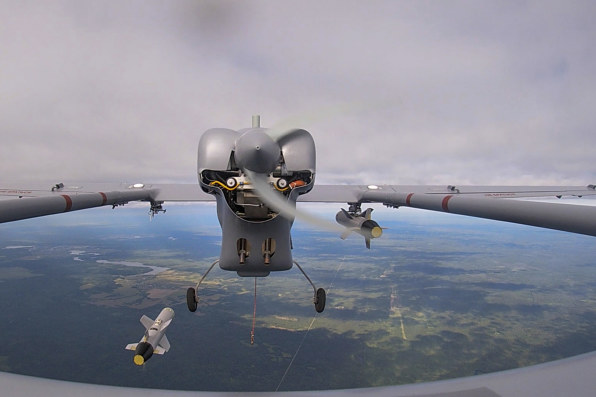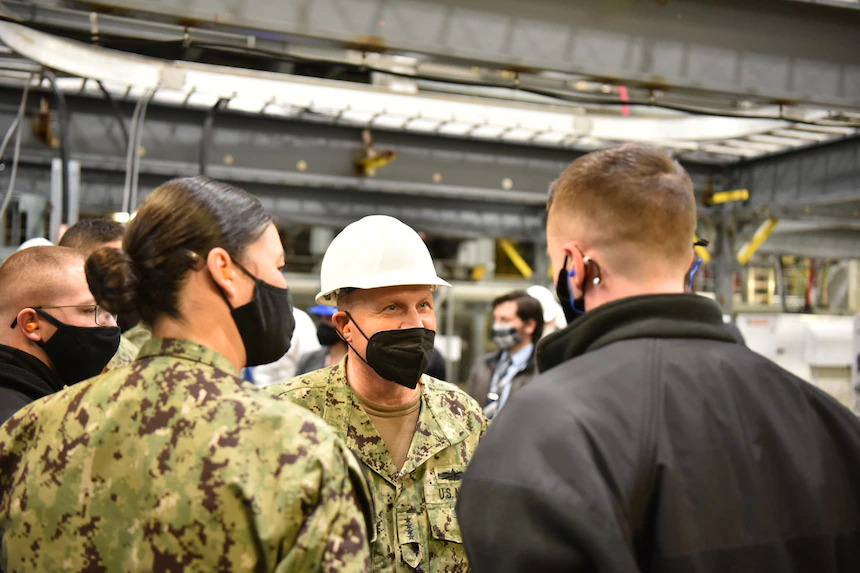Former US Senator Kay Bailey Hutchison visits Angelo State for building renaming ceremony
SAN ANGELO, Texas — Texas native Kay Bailey Hutchison served as a United States senator for 20 years and North Atlantic Treaty Organization representative for four years.
During her time in government, Hutchison was actively involved in cybersecurity and with recent developments in artificial intelligence, she has continued her work in this area of study.
On April 27 at Angelo State University, Hutchison attended a ceremony for the renaming of the Center for Security Studies in her honor.
ASU president Dr. Ronnie Hawkins Jr., San Angelo mayor Brenda Gunter and ASU faculty and staff members were all in attendance for the reveal of the Kay Bailey Hutchison Center for Cyber Intelligence, Innovation and Security Studies.
“Having this wonderful security center here I think is going to build so much prestige for Angelo State because they are in front of the line in providing, really, the cyber security studies, the innovation,” Hutchison said. “They’re looking at new ways to prevent cyber security attacks which is new. We’ve always kind of been on defense, now we’re gonna learn more on offense.”
Credit: Morgan McGrath
Public and private organizations, as well as personal devices such as cell phones, laptops and computers can all be equally affected by ransomware. Simply defined, ransomware happens when internet files are blocked and can only be accessed by being forced to pay a certain amount of money.
This is one of the main issues ASU students will be trying to better understand and prevent.
Credit: Morgan McGrath
“When you’re talking about public institutions like hospitals and school districts, banks, when a cyber attack occurs in one of those, then it can put a whole data release out and sometimes a criminal can get paid for that,” Hutchison said.
In fact, ASU was specifically chosen to start its cybersecurity program and its findings will eventually be shared with institutions across the state. The program might also be beneficial for Goodfellow Air Force Base students who are interested in technology in the modern world.
“I think Goodfellow and Angelo State are gonna be partners that will…





